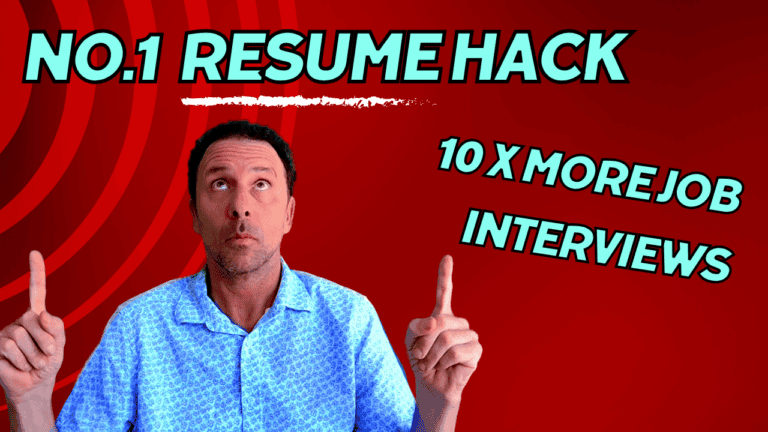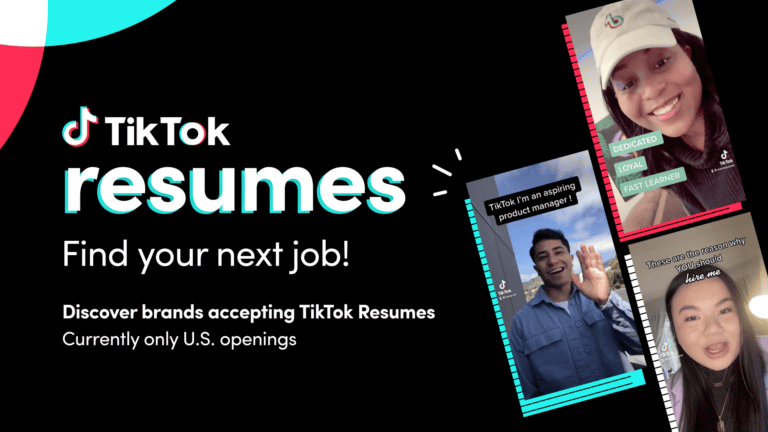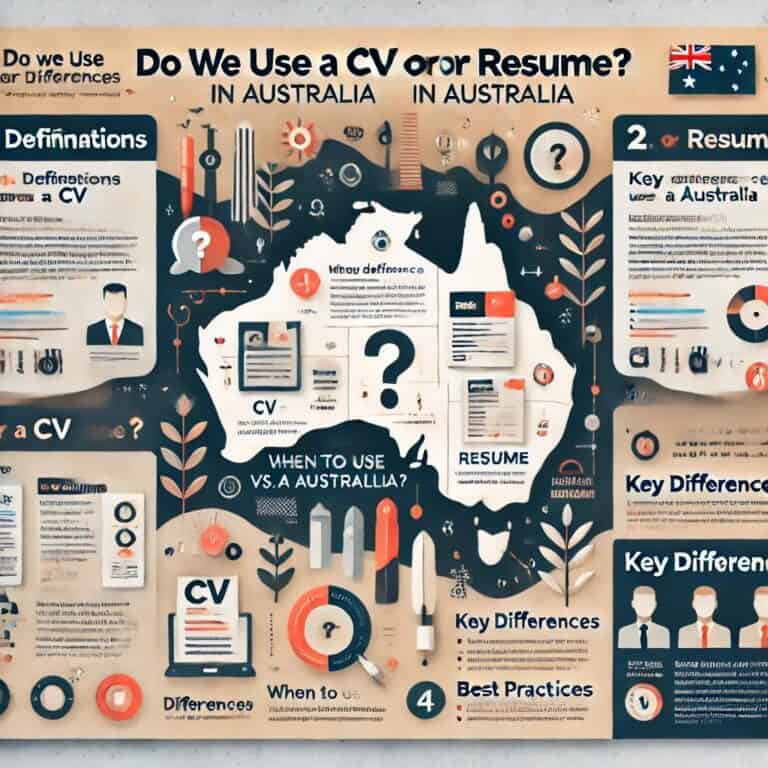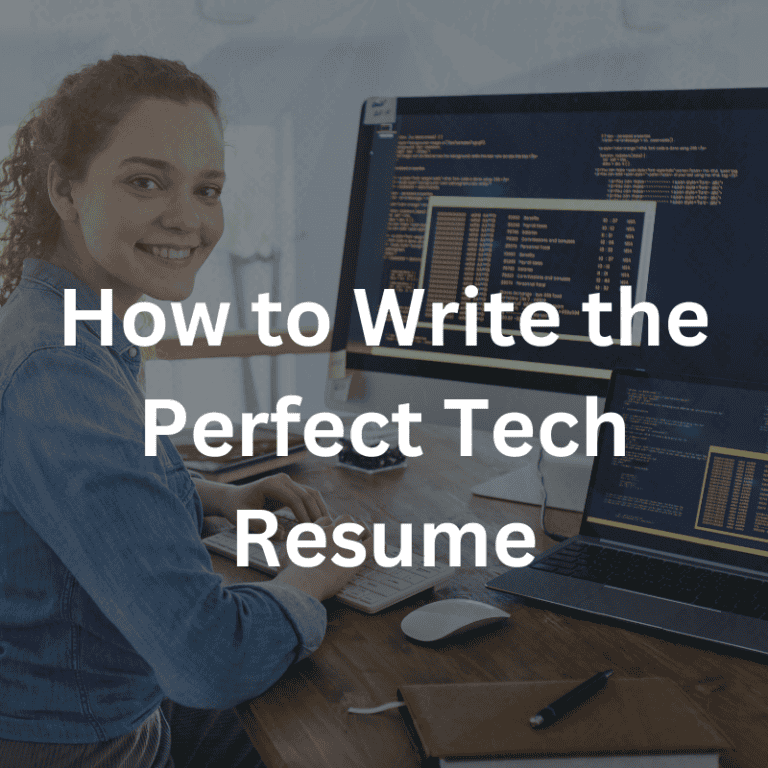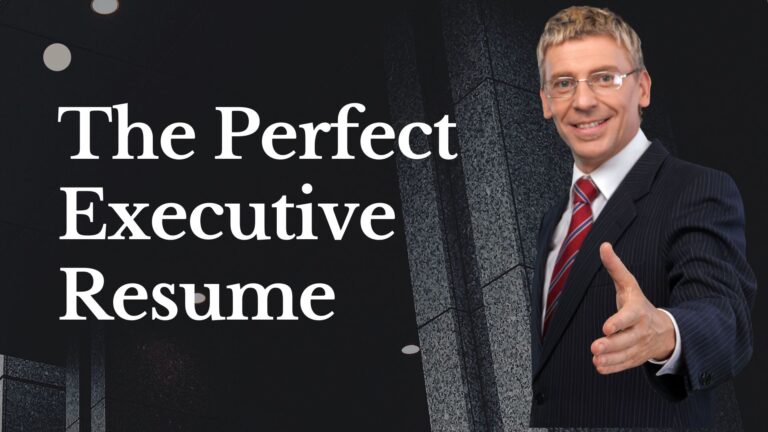In a nutshell, you can quickly get your resume noticed in under 10 seconds by following a few simple rules, such as tailoring your CV/resume to the job description, using a professional photo, improving the layout of your CV or resume, incorporating keywords, implementing ATS strategies, and, most importantly, adjusting your job title to better align with the roles you are targeting.
Introduction
As both a recruiter and resume writer with over 25 years of experience in the business, I’ve seen thousands upon thousands of job applications (all formats, all types, all strategies!). This knowledge and experience have been used to help build my own business that provides exceptional resume writing services and creates CVs and resumes that stand out. But I also enjoy sharing my knowledge to help others build their own understanding of how to build a CV or Resume that gets results (interviews).
So here I will be putting my recruitment hat on, and share with you my top 10 tips on how to get your resume noticed in 10 seconds or less.
1) Know your audience and speak their language
Lets start by highlighting the significance of understanding your intended audience.
One common misconception, about resumes is that they should resemble an autobiography, including every job you’ve ever had. However in reality employers don’t have the time or patience for such a read. What recruiters truly look for is relevance. They want to ascertain how your skills and experience align with the job being advertised.
For instance imagine a job seeker aiming for a marketing position. Also having a background, in customer service, project management, operations, office management and so on. Can you already see how quickly the inclusion of those position titles could dilute the application? The hiring manager would want to see your marketing expertise from the start. So if you genuinely desire to capture their attention it’s essential that 90% of your content focuses on marketing and related skill sets – effectively eliminating any noise.
Therefore my top recommendation when creating the foundation of a resume that will captivate readers is to tailor its content for the target audience.
2) Snap, smile, and click: The great photo debate
Ah, the age-old debate about including a photograph on your CV. Some say it adds a personal touch, while others argue it opens the door to unconscious bias.
The verdict? I find that it’s largely a matter of personal preference, but there’s an undeniable trend I have noticed towards including a professional photo, especially in the era of LinkedIn.
Why? Because a picture can instantly humanise your application. It’s a chance for the recruiter to put a face to the name, but I also find that when there’s a batch of 150 CVs for one job, a picture can sometimes say 1,000 words. And in a world where personal connections matter, a friendly, professional photo can set you apart.
If you are considering using a photo, there’s a whole plethora of tools online to help improve the image quality as well as remove unwanted backgrounds.
I would guess that approximately 20 to 30% of my clients use photos on their resumes. Therefore, if you have any reservations about including a photo, it’s perfectly fine to omit it. Your skills and qualifications will ultimately speak for themselves.
3) The layout of your CV/Resume needs to be clean
A confusing layout is like a messy shop window—it won’t entice anyone to step inside.
So, what does an impactful CV layout look like and how can you supercharge your resume? First, let’s keep it clean and organised. Vital information, such as qualifications, job titles, achievements, employer names, and contact details, should be easily accessible. You’ll be surprised at just how many CVs I come across where I can’t even find a phone number!
Avoid templates that, at first glance, look good but can be extremely difficult to manipulate. I often find jobseekers who use these free resume templates spend more time trying to insert content into the boxes provided and forego the essentials. This is a bad mistake.
Finally, when building content, make use of bullet points. Using bullet points allows room for the reader to breed, makes your CV easier on the eyes, and also gives the impression of professionalism and clarity. Stick to no more than 5-8 bullet points per job.
4) Crafting an introduction “Hook ’em from the get-go”
In a few seconds, I will know if I want to read more. The CV’s introduction is a first impression, a virtual handshake, and a chance to captivate the reader’s attention. This is the section that will determine whether your CV gets a second look or ends up in the dreaded “no” pile. Especially, in Seek.com.au where to get noticed, you’ll need a standout introduction.
So, what makes a compelling introduction? I believe an introduction should be succinct yet impactful. Your goal is to provide a snapshot of your professional identity in a few lines. You can use strategies such as key target words, company titles, specific industry software, etc.
Here’s an example of an introduction by a Head of Digital Marketing:
“I am a digitally savvy marketer with 14 years of experience within SAP, Telstra, and IBM Australia. Over the years, I have successfully launched new products into highly competitive consumer channels across Australia, China, and the wider Asia-Pacific (with budgets of $1 million+). My technical skills include Google Analytics, Adobe Analytics, SEMrush, HubSpot, Salesforce CRM, and A/B testing.”
Notice how the above introduction immediately drops company names, talks about specific marketing channels, and uses less technical software.
5) Use a keyword section
In the world of recruitment, the right choice of words can significantly impact the success of your resume. These keywords are what recruiters use to search for candidates through their applicant tracking systems (ATS) and also manually. If your resume lacks these keywords, it might not even make it to a reader.
Think of keywords as the trail that leads recruiters through your resume. The key words and phrases should directly relate to the job you’re applying for. For instance a data analyst keywords might include “data analysis”, “SQL”, “Python”, “data visualisation”, and “machine learning”. Notice how quickly key words can be seen.
It’s important not to overload your resume through for the sake of it. ATS systems are sophisticated enough to detect keyword over use. Also, recruiters can instantly see “key word” stuffing. Instead focus on incorporating these keywords into your content whilst also highlighting your achievements and awards.
Here’s a two-step method for mastering the keyword game: Begin by reading the job description and identifying the skills, qualifications and responsibilities mentioned. These will be your keywords.
Next, integrate your research into targeted keywords into your resume in a way that flows naturally. Utilise them in your descriptions of roles and responsibilities, skills section and even, within an introduction. The objective is to demonstrate how your skills and experience align with the requirements of the employer.
6) Change your job title
It can be easy to miss out on an opportunity because the job title in your CV/Resume doesn’t exactly match the position you are applying to, even though your skills are relevant (and transferable). This can be frustrating.
For instance, if someone’s CV states their job title as ” VP ” but they are actually targeting a role like “Service Delivery Manager” their CV might be easily overlooked, despite having content. This situation happens frequently, especially when recruiters have limited time to review hundreds of CVs, per day. Additionally, there is a chance that ATS software might not recognise the keyword match.
If your job title doesn’t quite align with the industry’s standard or the role being advertised you can be easily overlooked. Government are notorious for having unusual and long job titles.
If you have an unusual job title, you can consider making the change directly on your CV or resume to a more market-friendly parallel title. Using the above example, the Associate VP can quickly change their position title to “Associate VP—Service Delivery Manager,” and hey presto, they instantly become a match.
Fear not; there are strategies you can employ to bridge this gap. If you have an unusual job title, you can consider making the change directly on your CV or resume to a more market-friendly parallel title. Using the above example, the Associate VP can quickly change their position title to “Associate VP—Service Delivery Manager,” and hey presto, they instantly become a match.
7) Add a separate achievements section
It’s your achievements in your resume that you will need to highlight to you apart from the competition. Achievements demonstrate the tangible value you’ve brought to your previous employers. They show that you’re not just another cog in the machine but someone who delivers results.
As with the content on your CV, it is important that you keep achievements relevant to your target audience. Spruce achievements up by adding statistics, numbers, and percentages (wherever possible) and quantifying the achievement. Numbers have a unique ability to grab the reader’s attention and make your achievements more concrete.
Consider the following examples:
Instead of saying, “Improved customer satisfaction.”
Say, “Increased customer satisfaction scores by 15% within six months.”
Rather than stating, “Managed a team.”
Say, “Led a cross-functional team of 10 members, resulting in a 20% boost in project efficiency.”
Instead of mentioning, “Contributed to cost savings”
Say, “Identified cost-saving opportunities that reduced annual expenses by $50,000.”
Quantifying your achievements not only makes them more impactful but also demonstrates your ability to deliver measurable results—a trait that’s highly valued by employers.
8) Tailor your achievements to your audience
Not all achievements carry the same weight, and not all achievements will be relevant for every job application. So I would recommend that you consider tailoring your accomplishments in your resume or CV to align with the job being advertised. Yes, it takes time. But by making these changes, you’ve put in the effort to understand what the employer is seeking and to demonstrate that you possess the skills and experience (and value-added) that align with their role.
For example, if you’re interested in a project management role, focus on highlighting your project deliveries, such as your ability to effectively manage budgets, being a SCRUM master, leading agile teams, and driving a standardised delivery model. On the other hand, if you’re aiming for a solutions consultant position, emphasise your achievements in client engagements, solutions architecture, etc.
9) PDF: The preferred distribution format
Now that you’ve put so much effort into perfecting your CV’s layout and content, you need to be 100% sure the reader can see the document as it is intended to be viewed.
This is where the choice of file format becomes crucial.
With so many different platforms on the market, it is easy for a CV to quickly change format and become skewed. Applications such as Google, Open Office, Outlook (Protected View), and Apple can create a less than pleasant experience, which can sometimes result in the CV instantly being knocked back.
My recommendation is to distribute your CV using a PDF. This is an industry standard and is renowned for maintaining the formatting and layout of documents regardless of the device or software used to open them.
Finally, avoid using Google Drive to share a link. It’s extremely frustrating for the recruiter to have to ask for permission to access a link.
10) Refine your CV by seeking feedback
Feedback is critical to enhancing your CV and lifting its performance when applying on the open market. Input from friends and family is certainly valuable, but I would consider broadening your search for help.
If you can, I’d recommend that you seek feedback from recruiters and hiring managers (especially those in your market). They will be intimately familiar with what works in the job market and will have reviewed hundreds of similar applicants. They’ll know what stands out for them, and their feedback can immediately help you improve your CV to meet industry expectations.
Don’t be scared to make connections with recruiters or industry professionals through LinkedIn or seek out local recruiters in your market such as Sydney. You can send a polite message explaining who you are and that you are seeking their expertise to provide feedback on your CV. You’ll be amazed at how many people will offer their help.
You can also speak to professionals like me. I can provide tailored feedback based on the specific job you’re applying for and can spot areas where your CV could be better aligned with an industry-specific role.
When seeking feedback, be open to constructive criticism and be prepared to make changes to your CV based on the input you receive.
Keep in mind that different professionals may have varying opinions, so consider the feedback in aggregate and make decisions that align with your career goals.
Finally…
Being able to create a resume that grabs the attention of recruiters is priceless, especially given that your resume is the key to your career growth.
Ensure that the content in your resume is tailored to the intended audience. Don’t write about everything you have ever done!. Perfect the resume layout. And, make sure that any achievements and role responsibilities you present are relevant. By doing this, you will be on track to achieve significant returns. Remember, your resume serves as the gateway to your dream job, so it’s worth investing time and effort into making it shine brightly.
I believe that armed with the above tips, you’ll be well prepared to navigate the job market with confidence and grace.
However, if you feel like you need a boost in the market, feel free to get in touch with me.
Frequent Asked Questions (FAQs)
A: Keywords, tailored content, scannable formatting, and relevant skills and experience.
Not tailoring your resume to the job, using a cluttered font, including too much text, making typos, not using keywords.
Another problem that is becoming increasingly popular is using ChatGPT and AI to create generic resumes that do not resonate well with your personality and the role you are applying for.
Tailor your resume to the job, use keywords throughout, save your resume as a PDF, proofread carefully, network with people in your field, use professional job search websites.
A: Highlight your transferable skills, list any relevant volunteer experience, coursework, or extracurricular activities, include a skills section.
A: Highlight the skills and experience that are most relevant to the position, emphasize your transferable skill
A: Tailor your resume to the job, use keywords throughout, quantify your accomplishments, use strong action verbs, highlight your unique selling points.
